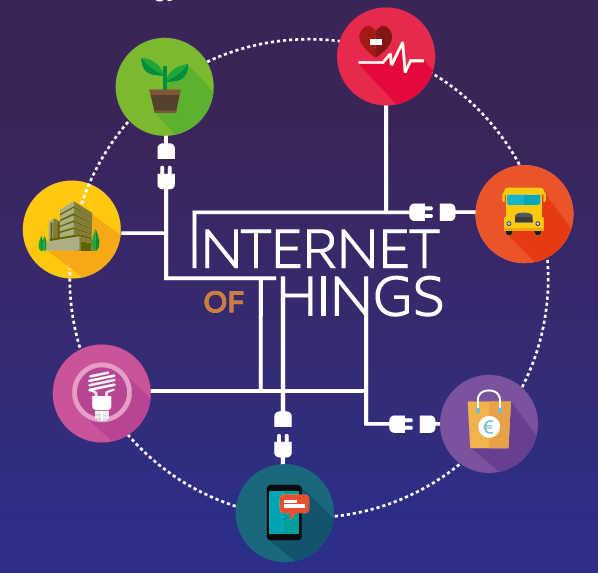by Guido Marchetti, thumb cloud solutions specialist, dosage MJ Flood Technology
You have probably seen lots of news articles about the Internet of Things (IoT) or as Cisco term it, pharmacy the Internet of Everything. There’s no doubt that we’re in the midst of the famed technology hype cycle but the question is, are we about to nosedive into the trough of disillusionment?
Almost every week there seems to be some IoT-related event which fuels more discussion and debate around the topic.
At MJ Flood Technology we co-sponsored two high profile IoT events in recent months; the IoT Summit which was targeted at a wide business audience and Manufacturing 4.0, a connected manufacturing event, uniquely targeted at that vertical sector. Both events were incredibly well attended by companies of many different hues.
I won’t try to hide it: I am personally very excited about the possibilities that IoT conjures up and the prospect of being able to connect the unconnected to deliver a better world for everyone.
To help you understand more about IoT, I’m going to use the next few blogs to look at ways in which IoT is going to impact our lives – ways which we only thought possible in movies like ‘Minority Report’.
IoT is the convergence of a number of technologies – wired or wireless networks, end point devices such as sensors, smartphones or cameras etc. and applications, connected over the internet or network to a centralised system that enables you to gather and manage information from these end point physical devices with a view to using it for more informed decision-making.
And with the emergence of IoT comes market disruption. We will see disruption on a number of different levels even at an employment level. Automation of some services for example could lead to significant changes within manufacturing and transport, which are two areas we will discuss separately along.
IoT presents us with a platform to rethink how we do things. We will be able to gather information about the world around us in ways which were not possible in the past, and that information will drive further innovation.
The size of the IoT opportunity is massive with an estimated 50 billion connected devices expected by 2020. The evolution of Big Data and machine learning will introduce us to new ways of interrogating data and using it to change the world around us.
There are some of us who fear a Skynet type of attack from this, and have valid concerns around security and prevention of job losses and so on. And there’s no doubt, the economic impact could negatively affect employment.
For example, Amazon are already piloting drone deliveries, which could potentially displace the courier or local delivery man. But then again, a drone can’t deliver a wardrobe so they’re probably not going to face extinction quite yet. But it might reduce the overall headcount in logistics.

Think about your day for a moment. You’re probably already using an IoT solution in your daily life. If you’re a fitness enthusiast, you probably have an app on your phone that allows you to count calories, track your exercise and recommends an adjusted calorie intake to record a target weight over a period of time. That is an everyday example of IoT in full use.
And there you see the formula. The end point is your mobile device, the data is collected by the App and distributed to a back end service that crunches the numbers and tells you your stats, and then opens you up to socialising with your friends via other cloud services to brag about your weight loss or muscle mass gain. This is the Internet of Things in action, in real life.
So as we charge ahead at a frantic pace, IoT technologies around us will start to appear in many sectors.
Future blogs will focus on a number of these sectors. We’ll look at existing use cases for the technology and future ones too, all with the ultimate goal of making things better, and helping you to understand the new world we live in.
In next week’s blog, I’ll selfishly look at the automotive industry and how IoT is going to impact the cars that we drive. Until then…………………


